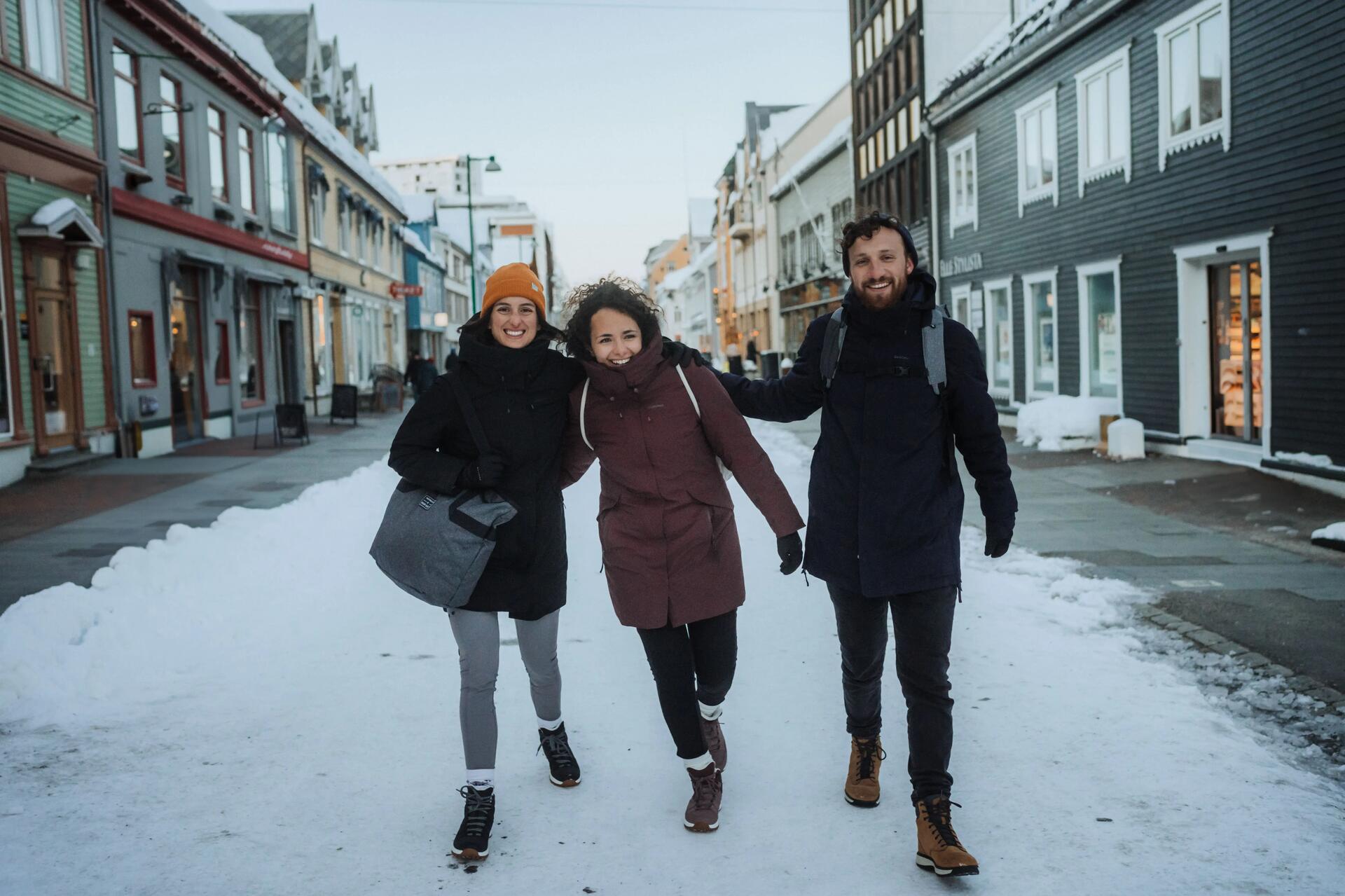What type of jacket keeps you the warmest?
Almost all types of jacket can be designed to offer good thermal insulation. However, certain cuts and materials are more effective in terms of retaining heat. But how do you make the right choice?
Firstly, a jacket is a broad term that covers many different types of coat: waterproof jackets, as well as warm, comfortable jackets, with or without a hood. Quechua offers jackets for almost any outdoor temperature range. In this regard, our Quechua men’s winter jackets keep you warm in outdoor temperatures between -5°C and -10°C.
The various parts of the body do not have the same needs in terms of heat. For example, in cold weather, you need to cover your chest area more than your arm area. That’s why our warmest jackets have different grammage in terms of the lining according to the body part concerned: 150g/m² of wadding on the body and 100g/m² on the arms, to keep you warm up to -10°C.
But the padding isn’t all. There’s heat behind all the small details! Jackets that keep you the warmest will, for example, have an inner flap under the zipper to prevent cold air from entering. A high collar, in addition to a hood with faux fur, will keep your neck warm and protected from cold drafts.
Also pay attention to the smaller details that often escape the eye, but that are nonetheless just as important, when choosing a winter jacket. To keep your hands warm, check that the inside of the pockets are lined with fleece, as well as inside your hood. This detail is important if you consider that we lose a large amount of heat through our head, our hands and our feet. A fleece lining inside your pockets and inside your hood will therefore protect you from both the cold and the rain!
Finally, remember to check that the outside fabric of your jacket presents sufficient resistance to harsh weather conditions. In fact, a water-repellent jacket (surface treatment that causes "water droplets" to roll down the fabric) will not be sufficient in keeping you warm and dry if it’s raining or snowing.









